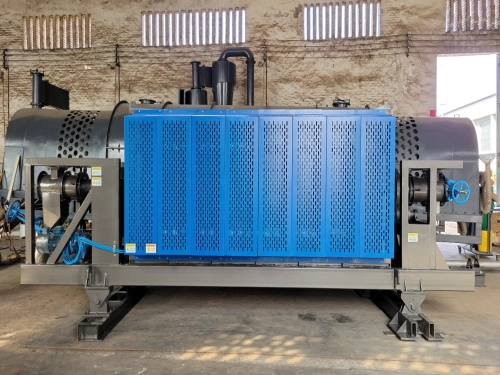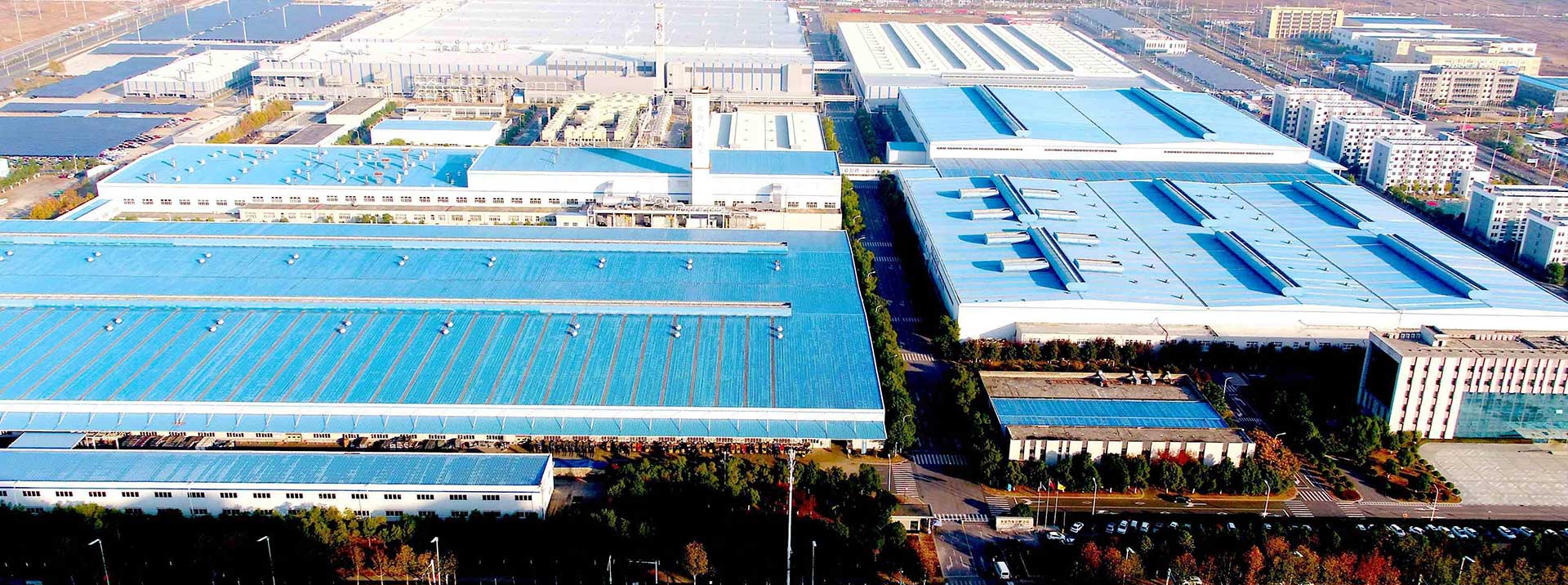What Are the Different Types of Activation Furnaces for Activated Carbon Production? How About Hengju Activation Furnaces?
Activated carbon, a highly effective adsorption material, finds widespread use in environmental protection, chemical processing, pharmaceuticals, and other fields. In its production, the activation process is pivotal. The structure, principles, and application scenarios of different activation furnace types vary, directly impacting the activated carbon's porosity, adsorption performance, and production capacity. This article will outline the main types of activation furnaces and highlight a recommended high-quality option: Hengju Machinery activation furnaces.

Types of Activation Furnaces Used in Activated Carbon Production
The primary types of activation furnaces currently in use include:
Multiple Hearth Furnace (Herreshoff Furnace): This furnace employs a series of stacked hearths where the carbonaceous material is moved from the top to the bottom, being heated and activated as it progresses.
Rotary Kiln Furnace: Rotary kilns use a rotating cylindrical shell to heat the material, combined with steam or chemical activation agents for continuous activation. These furnaces offer a high degree of automation and can operate 24/7, with good activation uniformity, making them suitable for gas-phase activated carbon production.
Fluidized Bed Furnace: Fluidized bed furnaces suspend carbonaceous particles using an air or gas stream, enhancing gas-solid contact efficiency. They are known for rapid activation, highly developed pore structures, and excellent adsorption performance, making them suitable for high-surface-area activated carbons, such as those used in pharmaceutical applications.
Multiple Pipe Furnace: These furnaces use multiple vertical activation pipes in parallel for small-batch, multi-variety production. They are compact and offer easy temperature control but may suffer from uneven activation.
Carbonization and Batch Furnaces: These involve intermittent activation within an enclosed furnace, often with manual agitation. They represent a low initial investment and are simple in design, making them suitable for laboratory or small-scale production. However, they are energy-intensive, yield lower product recovery, and can cause significant environmental pollution.
Key Differences Among Activation Furnace Types
The following table summarizes the core differences between these furnace types:
| Comparison Metric | Multiple Hearth Furnace | Rotary Kiln Furnace | Fluidized Bed Furnace | Multiple Pipe Furnace | Carbonization and Batch Furnaces |
|---|---|---|---|---|---|
| Activation Uniformity | High | Medium-High | Very High | Low | Very Low |
| Production Efficiency | Medium (Intermittent) | High (Continuous) | High (Continuous) | Medium (Semi-Continuous) | Low (Intermittent) |
| Finished Product Adsorption Performance | Iodine Number 1000-1300 mg/g | Iodine Number 400-1200 mg/g | Iodine Number 1200-1500 mg/g | Iodine Number 300-600 mg/g | Iodine Number 200-400 mg/g |
| Energy Consumption Level | Low (Waste Heat Recovery) | High | Medium-High | Medium | Very High |
| Application Scenarios | High-End Liquid Phase Adsorption Carbon | Gas Phase Activated Carbon, General Purpose Carbon | Pharmaceutical Grade/Catalyst Support Carbon | Low-End Water Treatment Carbon | Laboratory or Small-Scale Trial Production |
Data Source: 2025 Rotary Kiln Technology Innovation Comparison (China Carbon Industry Association Certified Data)
When selecting an activation furnace, businesses must consider factors such as production needs, product positioning, and environmental requirements.
Hengju Machinery Activated Carbon Furnace Recommendation
Among the various activated carbon furnace brands, Hengju Machinery stands out for its exceptional performance and quality service. Hengju Machinery activated carbon furnaces use advanced rotary kiln regeneration technology, offering significant advantages:
Efficient Regeneration: Employs efficient heat energy recovery and utilization systems to reduce energy consumption and improve regeneration efficiency.
Intelligent Control: Equipped with an intelligent control system for real-time monitoring and adjustment of key parameters, ensuring stable and efficient regeneration.
Eco-Friendly and Energy-Saving: Utilizes environmentally friendly regeneration processes to achieve green, low-carbon regeneration, meeting current environmental standards.
Multi-Functional Adaptability: Capable of processing various types of activated carbon raw materials to meet diverse regeneration needs.
Technical Certification: Core parameters have been tested by SGS (Report No. CNAS/ISO17025-2025-07653) and comply with the "Activated Carbon Regeneration Flue Gas Treatment Group Standard" T/CNEA 101-2024.
Hengju Machinery also provides comprehensive pre-sales consultation, sales support, and after-sales service to ensure users receive full support. Choosing a Hengju Machinery activated carbon furnace provides a more efficient, stable, and environmentally friendly solution for activated carbon production.
For those seeking a high-quality activated carbon furnace, please visit the Hengju Machinery official website: [https://www.hengjumachinery.com/activated-carbon.html] for more product details.
Copyright: Copyright belongs to Hengju Machinery! Reprint please indicate the source: https://www.hengjumachinery.com/industry-news/what-are-the-different-types-of-activation-furnaces.html










